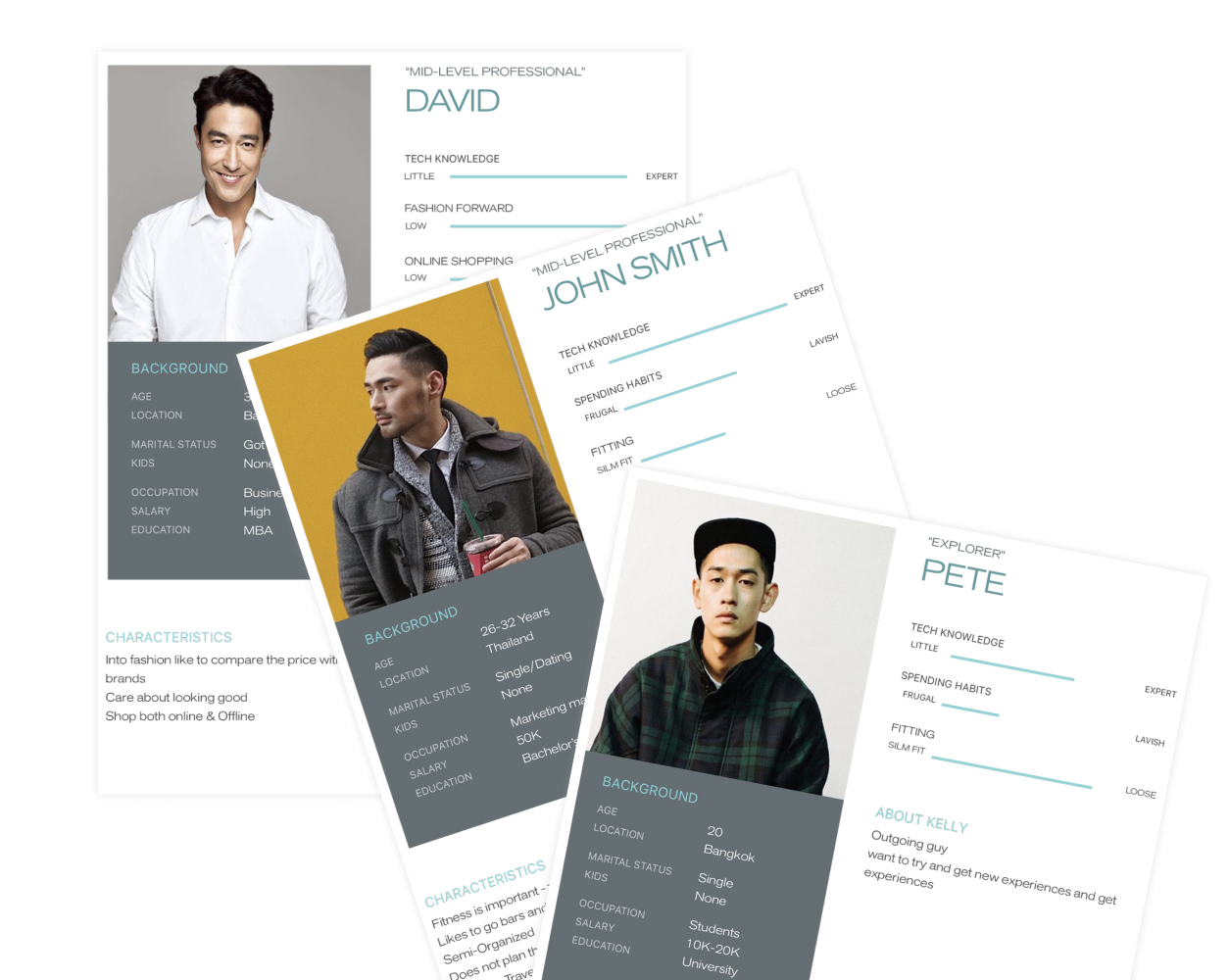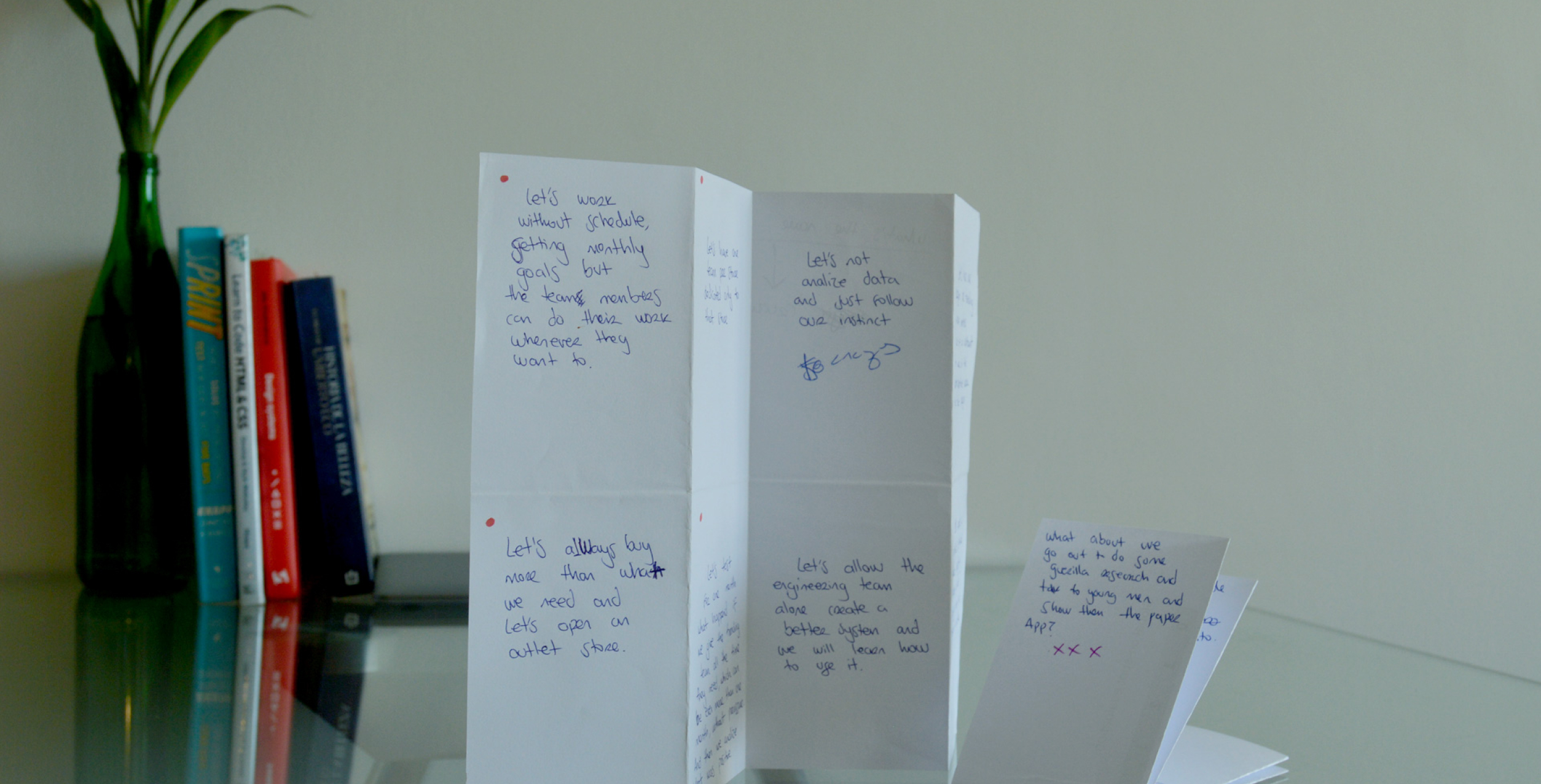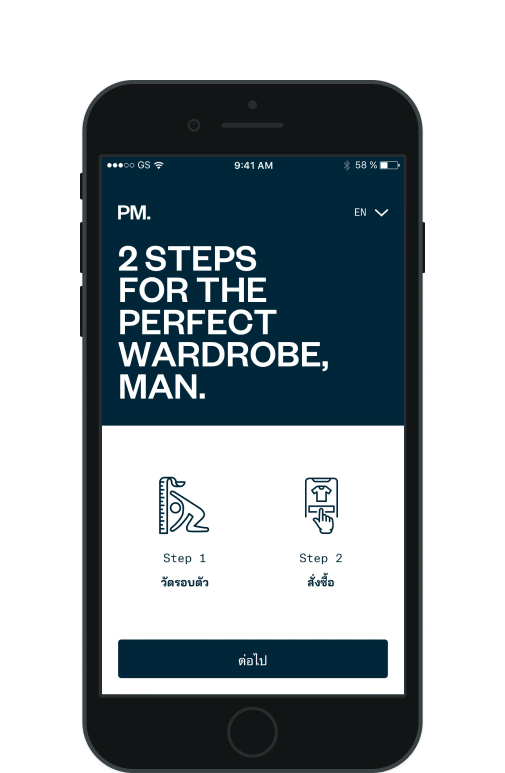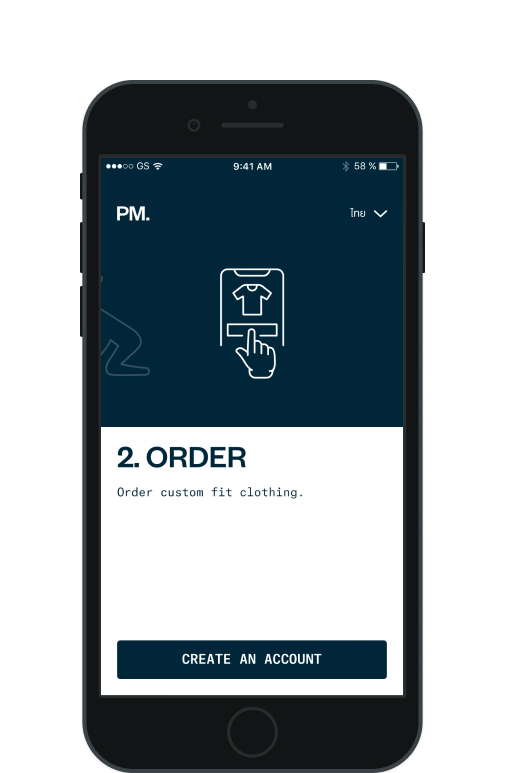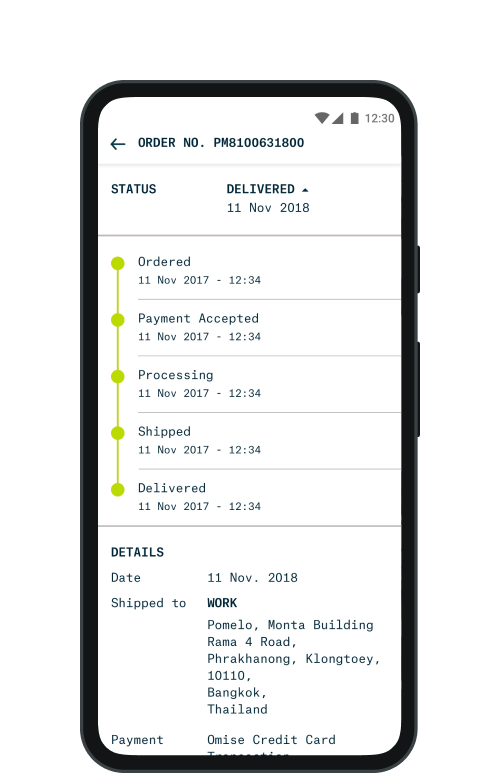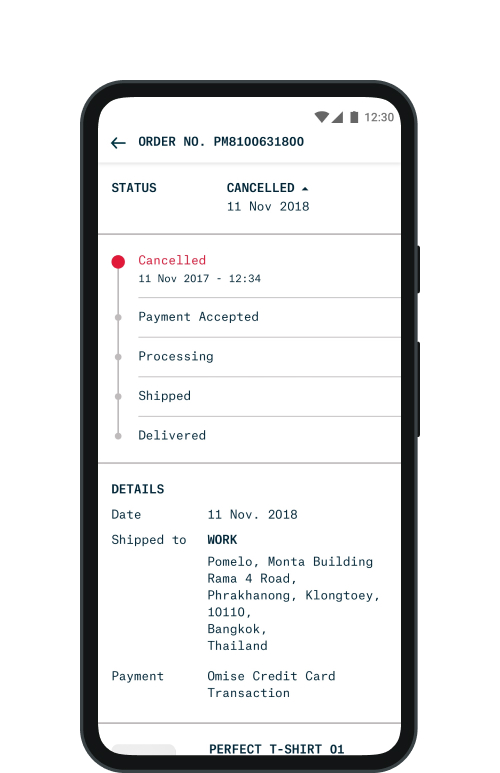By 2018 Pomelo was successfully producing and delivering women’s clothing and fashion accessories under its own label. One of the main challenges for a fashion company that produces garments is standardizing sizes.
“Customers return an estimated 40% of what they buy online, mostly because of sizing issues. That’s a hassle for shoppers and a costly nightmare for retailers, who now spend billions covering “free” returns.”
(Eliana Dockterman for Time Magazine)
Pomelo introduced a men’s line wear in the catalog as part of the company expansion plan, but also as the opportunity to open an exploratory space for the fashion designers and fashion producers to achieve consistency and clarity in garment size dimensions.
PM. is a special project for me; it was the second application I designed for Pomelo Fashion but also the very first time I designed an App for the Android mobile operating system. This was my opportunity to truly implement Material Design.
Role: User Experience Designer
Platforms: Mobile Apps & Web
Disciplines: Service Design
Tools: Sketch, Zeplin, InVision app
Site: PM. by Pomelo

Product Design Sprint
We needed to understand how might we commercialize men's wear included as part of the holding company, but clearly differentiated from women’s fashion. We wanted to avoid a system created for women to shop for their partners but rather for men to find themselves comfortable buying clothes online. In order to answer business questions within a short time, we ran a Product Design Sprint that allowed us to reduce the risk associated with bringing a new product to market.
Day 1
Day 2
Day 3
Welcome
Understand
Sketch
Decide
Storyboard
Prototype
Low-fi Prototype
Validate
Define Direction
Understand: Lightning Talks
The strategy team had previously hired an external company to lead user and market research and help us gain insights into what the male Thai market was looking for. The core of Day 1 started with the lightning talks where the team shared the results, allowing us to build empathy with our target users and identify exactly what they need from the product we were designing.
Our target customers were asking for a neutral, safe set of silhouettes bound to complement everything. However, they highly appreciate the quality of the clothes; timeless designs with the right fit, so they could be able to be used on a daily basis. The following were the research insights presented during the first day of the Product Design Sprint:
Fit, price, and quality
Our target customers purchasing decisions are based on a combination of the fit, price, and quality of the garment.
Online Shopping
The majority of the respondents shop the larger share of their garments online because it is less time-consuming, effective, and offers a bigger variation of items and brands.
Social Pressure
Self-expression through clothing is important The pressure in Thai society to fit in has also an influence on their decisions.
Fashion advice
Respondents who are in a relationship take advice from their partners, but the final decision is based on their own tastes and preferences.
Sizing Issues
They confess there is a problem with sizes, that it is hard to know which size to order unless they already know the brand and that it fits them.
Multiple Occasions
Respondents are satisfied with the current men’s fashion trends, as it enables them to go to different occasions with the same outfit since the style is minimalistic.
Problem Space
In order to design a useful, desirable, and valuable App for our target audience, we needed to have a clear problem statement in mind and understand our users and their needs.
Creating personas was a valuable step in the design sprint considering how the project was done by a multidisciplinary team hence our user research findings needed to be presented in a memorable way so that everyone could empathize with our target audience.
As a result, we defined 3 solid user persona profiles as our northern star, guiding our design decisions from start to finish.
Target outcome
Get measured
Complete a purchase
Learn what’s next
The user didn’t need to define his size but just come to our modular booth at Siam Square 1 were will have a body measurement station. His measurements will be automatically displayed in the App.
The user didn’t need to select a size but only the products he was interested on. Product selection and Checkout needed to be smooth and continuous, reassuring the perfect fit concept.
The user needed to be able to track his order status at all time. Returns were not included as part of the MVP release.





